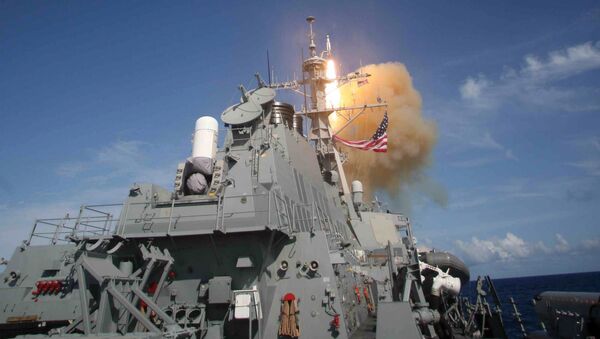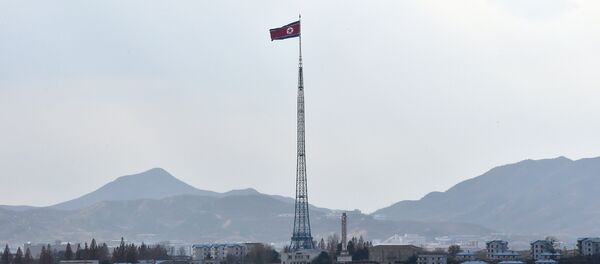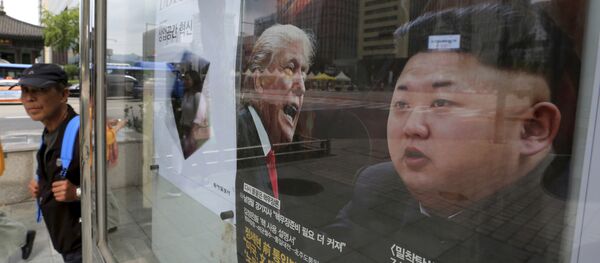The purchases, as always, have a political component. South Korean support of the significant US military presence in their country is at all-time lows, and Seoul has been seeking a paradigm where they would have greater military independence. They also wish to deal more with North Korea directly, as Pyongyang often ignores them in favor of the US.
Since 1954, the US has maintained operational control (OPCON) of South Korean forces during wartime, meaning in the case of war the US would be in charge of South Korean forces. General Richard Stilwell, who led US Forces Korea in the 1970s, called it "the most remarkable concession of sovereignty in the entire world."
In October, Washington and Seoul agreed to put an end to the long-standing agreement at the "earliest possible date." But Uncle Sam doesn't give things away for free: to restore OPCON to Seoul, the South Korean military must be able to demonstrate that they can fight just fine without American leadership — and the way to do this is, of course, to buy American weapons.
The centerpiece of the purchase, according to the Korea Times, will likely be the Northrop Grumman E-8C Joint Surveillance and Target Attack Radar System (JSTARS) aircraft. A tactical surveillance plane, JSTARS uses radar to collect imagery and track ground vehicles from miles above, then relays those images to theater commanders. Such a plane could monitor the movement of North Korean forces in war and peace alike.
Also on Seoul's wishlist are Boeing P-8A Poseidon maritime patrol aircraft. The Poseidon is equipped with a bevy of weapons, from depth charges and mines to cruise missiles and torpedoes. The Poseidon is optimized for anti-ship and anti-submarine warfare, and has been previously purchased by the navies of Australia, India, Norway and the United Kingdom — a handy weapon considering North Korea has the largest submarine force on the planet.
Another prospective purchase is the RIM-161 Standard Missile 3 (SM-3), a ship-based missile interception system. Originally part of the Aegis missile defense system, the SM-3 can shoot down incoming short and intermediate-range missiles at altitudes of 90-310 miles.
The Terminal High Altitude Area Defense (THAAD), a controversial missile defense battery that South Korea purchased and deployed from the US amid much hullabaloo, has an effective range that caps out at 90 miles up. In other words, the THAAD would cover missiles less than 90 miles from the ground, and the SM-3 could cover the next 220 miles up.
At present, three of the South Korean Navy's 12 destroyers are Sejong the Great-class, equipped with the Aegis system. Three more Sejong the Great-class ships are to be constructed by the mid-2020s.
It has also been speculated that Seoul will revise its planned F-35 joint strike fighter purchase upward, back to the initial total of 60 aircraft. South Korea originally planned to buy 60, but budgetary concerns dropped the purchase to 40.





